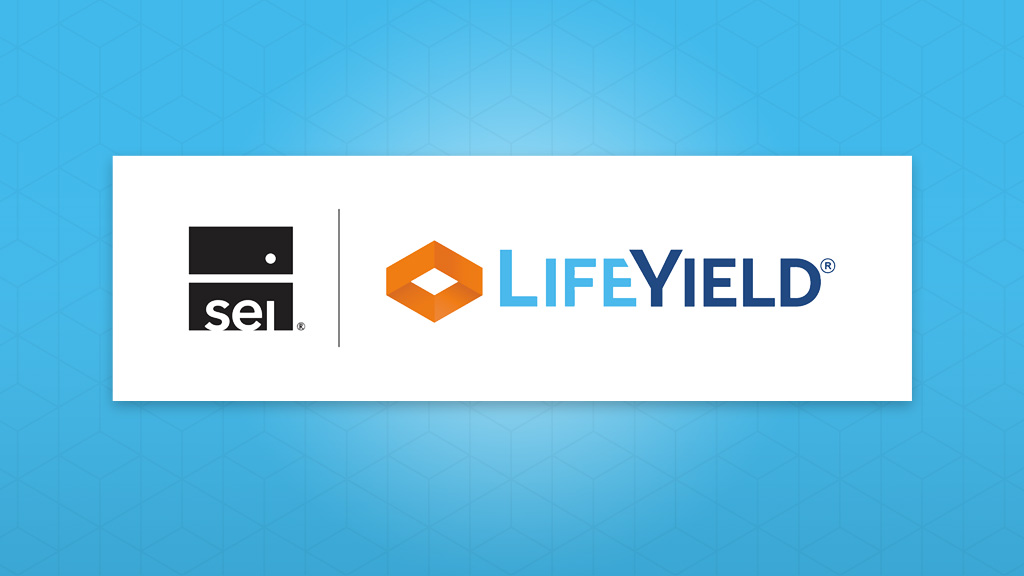Can your clients benefit from an asset location strategy?

As a result of the recent market volatility, clients are turning to their advisors for more support than ever before. While it is key to provide client services above and beyond the norm, advisors need to reassure their clients by effectively communicating and illustrating their value.
The key to illustrating your value as an advisor is through asset location and long-term tax efficiency.
What questions should you ask clients to get the full picture of their household?
Conducting initial background interviews with prospects and new clients is the perfect time to evaluate if investors will benefit from an asset location strategy. Focusing on questions that will reveal their tax rates, the number of assets in each account type, and a baseline asset allocation. This criteria sets the foundation for an asset location strategy.
Note: Details are needed to run a complete analysis, however with LifeYield you can establish that there is an opportunity to help the investor with just a few ballpark assumptions.
Most people – baby boomers especially – have been burned in financial services before. These are the investors that are going to be hesitant to put all of their eggs in one singular financial basket. We have gotten feedback on hundreds of households that show investors have a tendency to spread their assets across different advisors, firms, and institutions as a way to protect themselves.
With the correct inputs and all the client’s account information, you will offer compelling evidence to support consolidating their assets with a single advisor.
What criteria indicates that your clients are ready for an asset location strategy?
It’s a lot easier to avoid a problem than to fix a problem. It’s also never too early to start. If you set clients up for long-term tax efficiency at the beginning of their journey with you, it will avoid a lot of future financial adjustments.
Where most clients run into an issue – especially in terms of tax efficiency – is the timeline. Most clients seek advice that is available to them at the time. Advice that is given to an investor in their 20’s that doesn’t have many investable assets is extremely different than the full-service financial advice a more established investor would receive from a wealth management firm. By the time they reach their 30’s they’re beginning to earn more income, maxing out their 401(k)’s, and any other retirement accounts that are available and possibly putting money in a brokerage account and in most cases they are self-directed and not optimized for tax efficiency.
What most advisors find after doing their initial client interview is that their asset allocation isn’t right. This is the best-case scenario. At worst, it is completely wrong, and the client has not been investing or participating in any real market growth at all. By the time the investor comes to a financial advisor, most of the work they’ve done has been in a vacuum and has never considered how each account can work together. Coordination around Risk and Tax has never been a thought in their mind. We now find ourselves needing to fix a problem, which depending on the non-qualified savings, could result in costing this client money. Where most advisors stop is thinking to themselves “Will the long-term value of fixing this problem out-weigh the cost?”
How to lead the asset location conversation with your clients
If you have a client that has been neglecting asset location or tax efficiency, utilizing a tool like LifeYield helps advisors confirm that they’re on the right track. Baked into the LifeYield Advantage Suite® is the Taxficient Score. The higher the score, the better coordinated your assets are for long-term tax efficiency. This allows you to support your hunch, that fixing the problem now will pay off 10 fold later.
A tool like this puts you in a position to have a conversation with your client that says, “This isn’t an immediate need for you, but we are paying attention to it and we are going to coordinate all of your accounts to set you up for success.” This shows that you are the Advisor that can help fix this issue they didn’t know they had. And you are going to address their asset allocation now, so they don’t have to scramble to fix it when it’s too late.
How will asset location benefit clients?
It is very important to note that asset location and asset allocation work hand-in-hand. First off, you need a target. And your asset allocation provides that. A good asset location strategy starts with an appropriate asset allocation which helps the advisor coordinate all their clients’ accounts. By implementing the right asset allocation, you also set the foundation for a quality asset location strategy.
The best way to describe an asset location strategy to clients or prospects is with ‘a leaky bucket.’ When investors find their assets in a complex scenario with multiple accounts and investments to manage, they begin to experience a leak in their financial bucket. The leak is money coming out of their assets to pay taxes.
As an advisor, if you can help slow that leak and keep that money invested, you can capitalize on the additional compounding return. This is where a tremendous amount of the value for asset location comes into play for investors. LifeYield recently helped work on a case for a client where we improved their after-tax rate of return by 10 basis points. While that may not sound like a major improvement, over the next 10 to 15 years, reducing the tax drag for this client by 10 bps, adds up to a tremendous amount of money.
Next steps to implement your asset location strategy
When you show clients a dollar value, it’s hard to pass up the opportunity to improve outcomes by that visualized amount each year.
The easiest way to begin implementing an asset location strategy is by utilizing software like LifeYield that offers an improvement to your strategy. Finding software that is flexible enough to illustrate the type of investment vehicles and strategies that you are using at your firm is essential. Our software was designed to help you illustrate your recommendations (even if you outsource the management), and quantify the benefit to your clients of proper tax efficiency.
After all, if you’re not willing to have conversations like these with clients or prospects, another advisor will.
Monthly insights from our Chief Growth Officer, Jack Sharry
Get exclusive insights and interviews from around the industry

 By
By 




